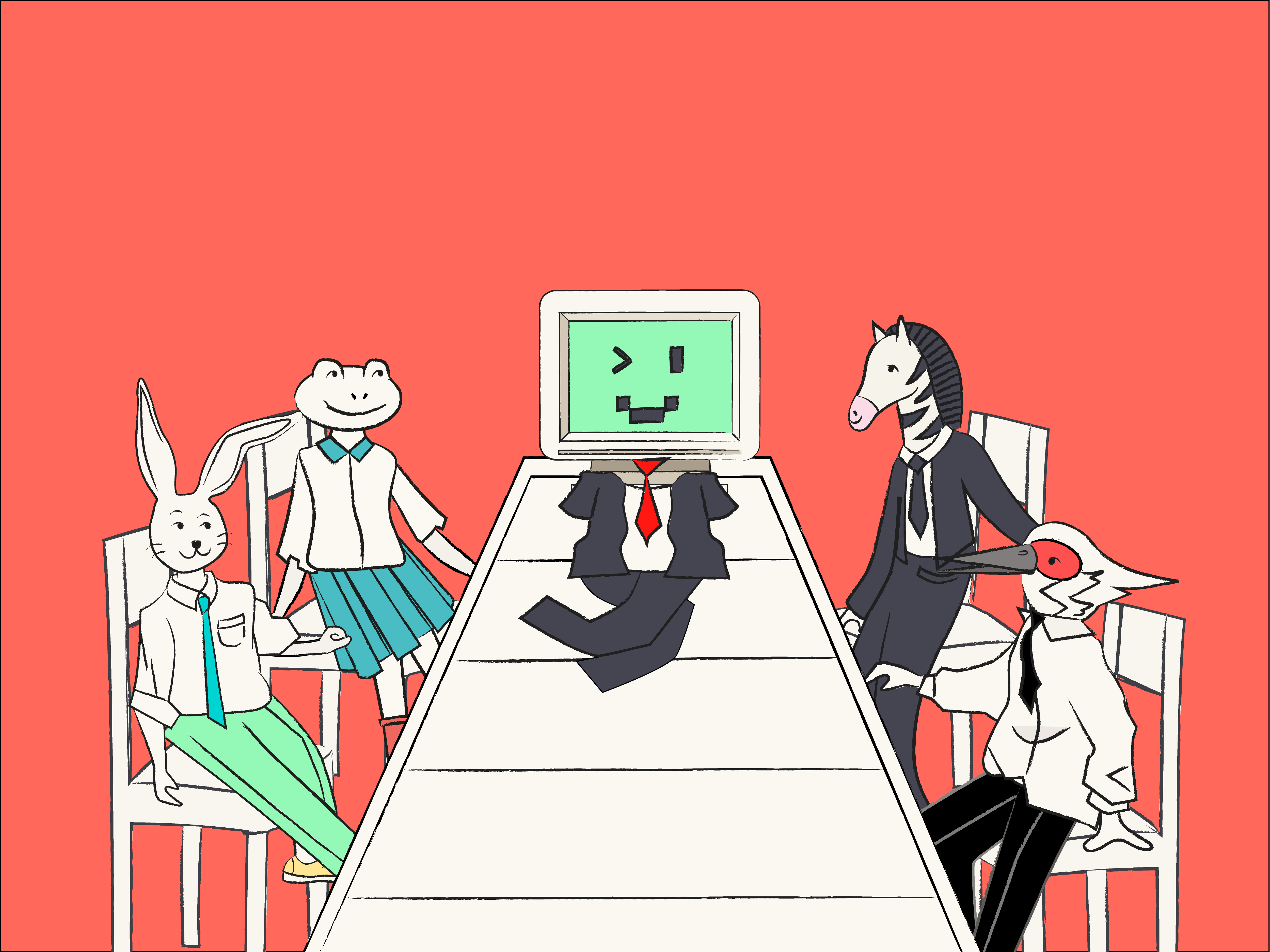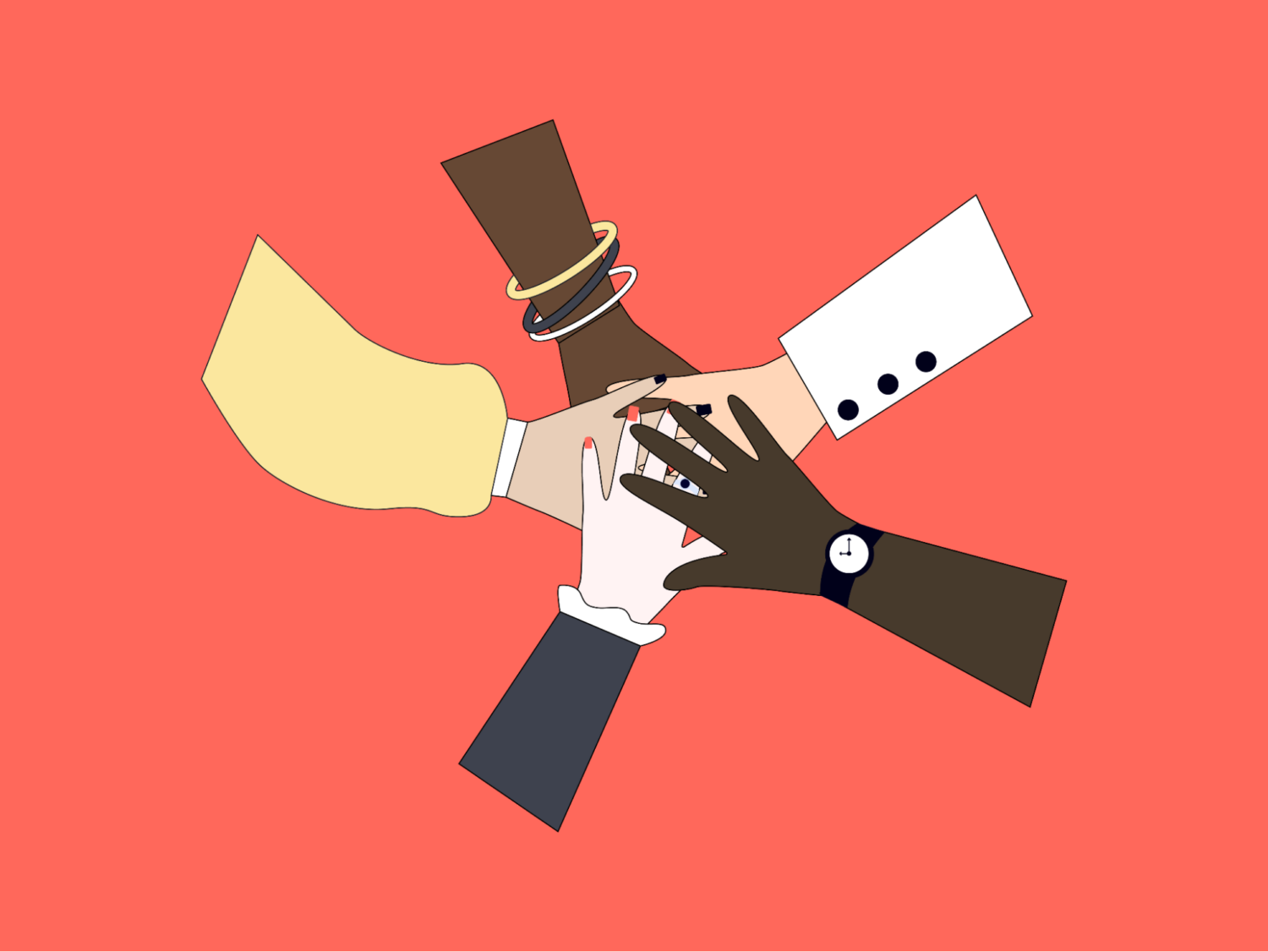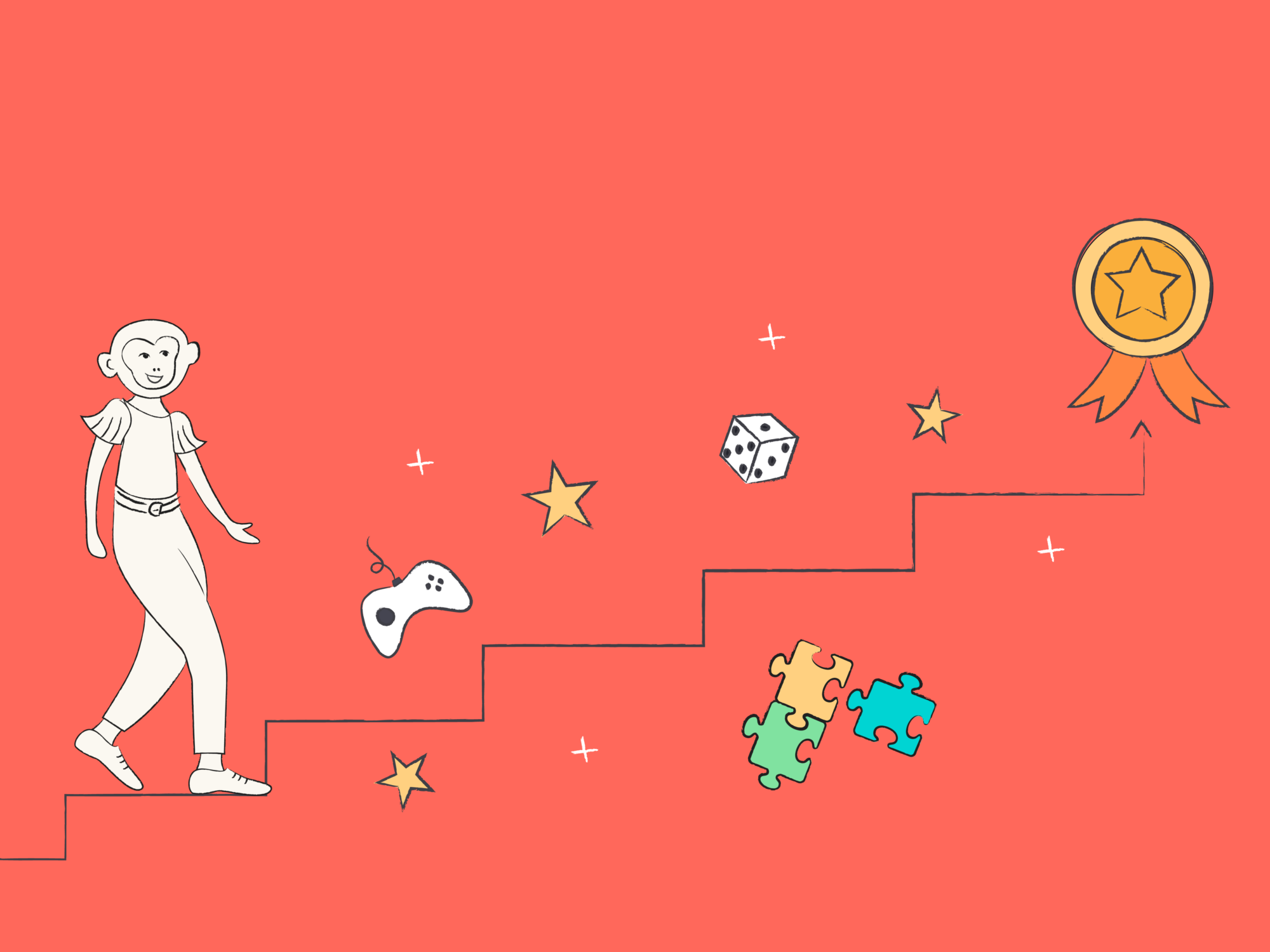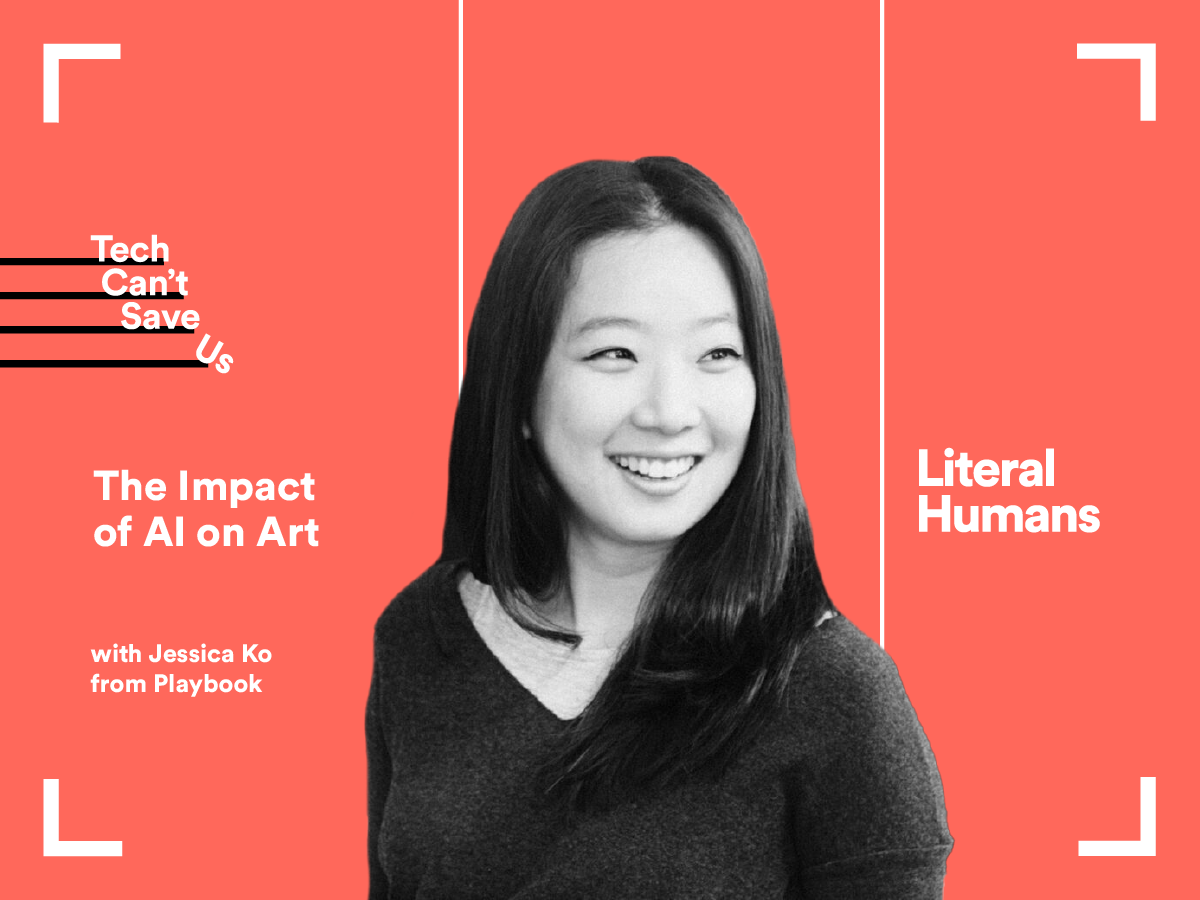Hiring managers want to find the top talent for their open positions. Job seekers want to fill these spots. What both sides experience is a lengthy recruitment process that everyone wishes was a lot faster and easier.
AI in recruitment and human resources (HR) is being developed to fast-track the hiring process. This means fewer repetitive tasks on the admin side and a better experience for candidates.
In this article, we’ll look at how AI in recruitment is currently being used to improve the speed and quality of hires. Plus, the advantages and disadvantages of the technology for both potential candidates and recruiting teams.
What is artificial intelligence technology in recruitment?
AI in recruitment applies the technology of artificial intelligence to the talent acquisition process. When companies are receiving around 250 resumes for each corporate job posting, something’s gotta give.
The traditional way of recruitment involves human recruiters manually sifting through these hundreds of resumes (also known as CVs) and picking the right candidates based on their own experience and views.
Recruitment AI is supposed to take us to the next level—using metrics and parameters set by humans to complete these tasks faster and more efficiently.
But before we dive into the subject, let’s clear up a few terms that are often mixed up:
- Algorithms: Sets of automated instructions that tell the software how to execute an action.
- Machine learning: Sets of algorithms that teach the software how to learn to operate on its own.
- Natural language processing: Software’s ability to understand written or spoken language.
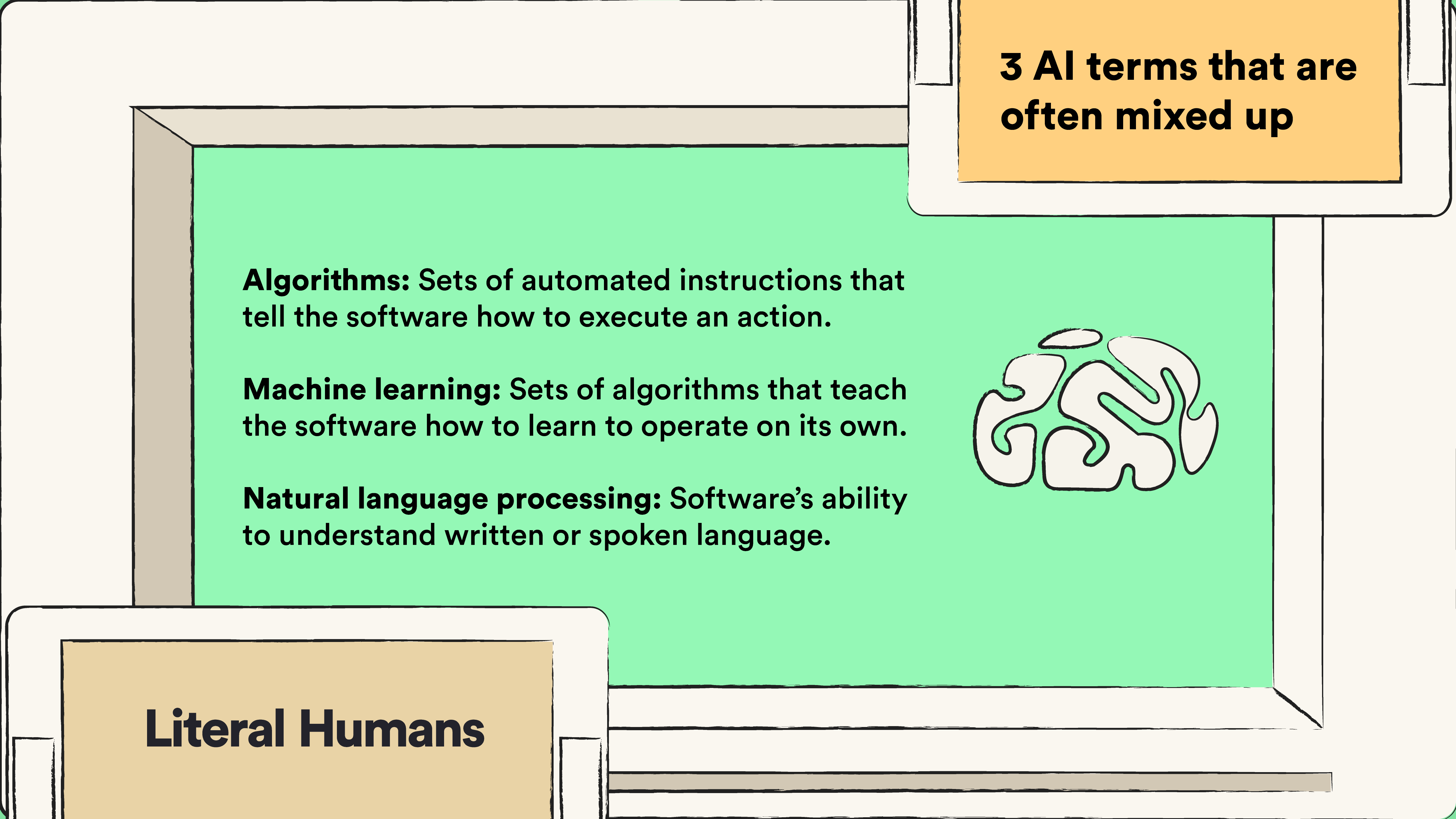
From sourcing candidates to the interview process, AI can help HR teams in a number of ways. But it’s not all as simple as it seems.
What are the pros and cons of AI in recruitment?
Talent acquisition teams are more under pressure than ever to find diverse, top-quality applicants. But the old ways of finding and screening candidates aren’t scalable or sustainable.
Sometimes, they’re just plain ineffective.
So, let’s look at some of the ways AI in recruitment takes the pressure off:
- Cuts down admin time: Unlike manual human assessments for each and every applicant, AI technology can shortlist ideal candidates from parameters set by hiring managers.
- Provides fast answers to candidates’ questions: Automation and chatbots can quickly answer any general questions from talent pools and new hires when onboarding.
- Removes unconscious bias: AI can reduce the likelihood of bias or prejudice affecting hiring decisions.
- Speeds up the whole process: With administrative tasks reduced and candidate communication increased, the entire recruitment lifecycle is far less time-consuming.
While it sounds like the use of AI would be an obvious choice for recruitment, it isn’t perfect. Actually, far from it.
Here are some drawbacks/caveats of the current technology:
- A small error can have a huge impact: AI needs a lot of data to work properly. One small error on the human side can throw off the entire system. Plus, the software itself can make mistakes if it interprets something incorrectly.
- AI can learn human biases: Back in 2018, it was revealed that Amazon had secretly built AI recruitment software that had taught itself to prefer male candidates and penalize keywords like “women’s.”
- The skepticism surrounding AI: While leveraging AI tools could speed up certain recruitment processes, there’s a lot of mistrust surrounding this technology. Around 90% of people think AI can be manipulated by applicants in order to get a job.
- You’ll still need human-to-human interaction: AI can be a huge time-saver, but it can make the whole recruitment experience impersonal if it’s not paired with a human touch.
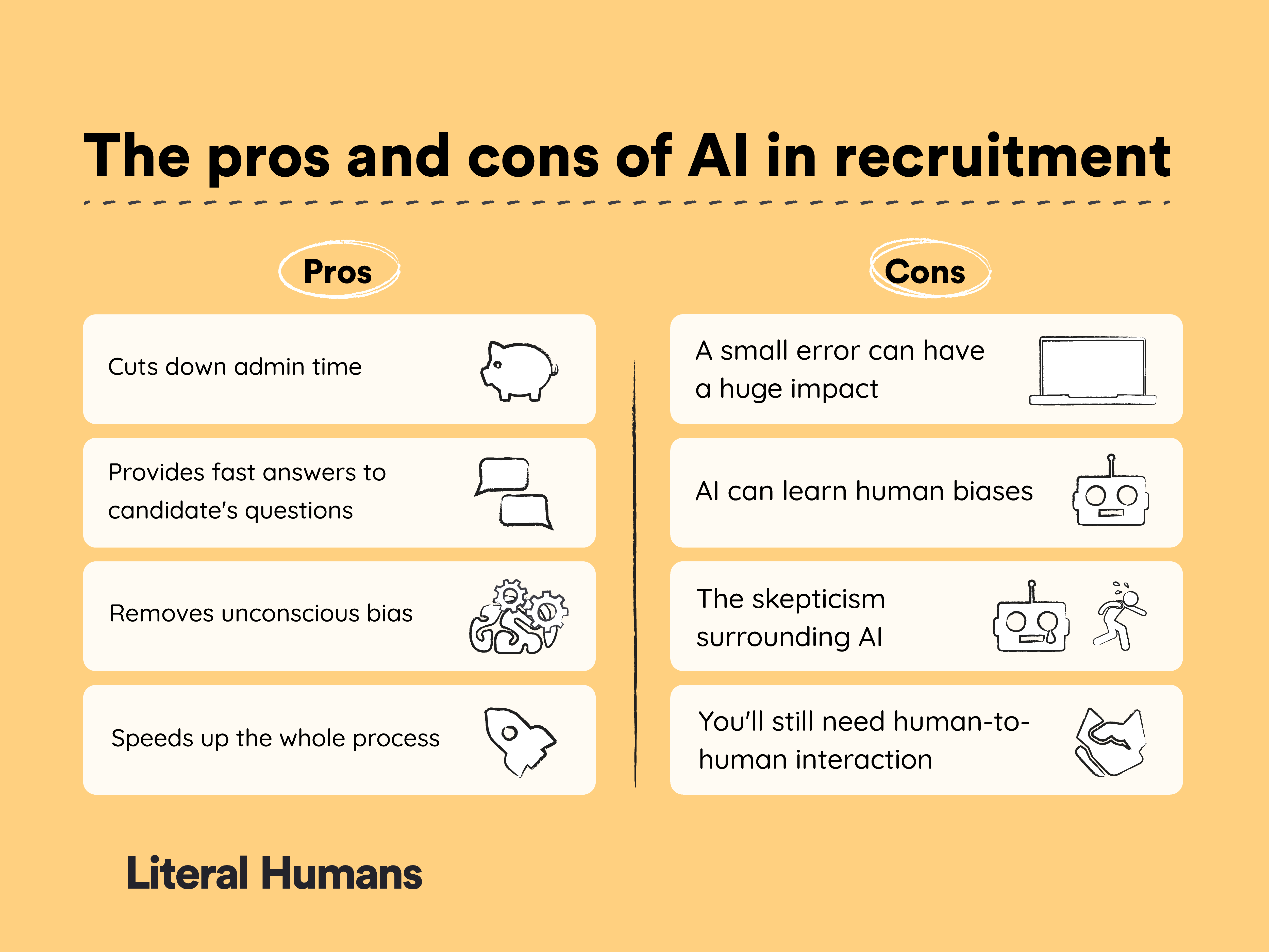
You might be wondering, if one of the largest companies on the planet can’t quite get this technology right, is it even worth others trying it?
5 ways AI is used in recruitment and talent acquisition
In one recent study, 65% of recruiters admitted to using AI somewhere in their workflows. In comparison, 66% of candidates have never suspected AI of being used in their recruitment process.

This might suggest most current AI-powered recruitment processes aren’t candidate-facing. So, where are recruiters using it?
Here are some of the most popular use cases for this (fairly) new technology:
- Automating repetitive tasks
- Identifying the best candidates
- Enhancing the candidate experience
- Removing prejudice and bias
- Onboarding new hires
1. Automating repetitive tasks
Recruitment involves a ton of data and documents. It’s a problem that’s plagued HR teams for years. Going through all of these manually is time-consuming and inefficient.
Paperwork for job posts, resumes, and contracts can pile up on someone’s desk. It can cause bottlenecks that delay the entire process and create a poor experience on both sides.
Reducing recruitment time is one of the most sought-after use cases for AI. Some 79% of recruiters are so confident that they believe people won’t have to be involved in the recruitment process in the near future.
While humans can certainly pick up on small nuances (e.g. sarcasm) that machines can’t, we’re undoubtedly slower. It’s no wonder over 85% of HR professionals believe AI will replace certain parts of the recruitment process.

This can include repetitive document-driven tasks like:
- Running an applicant tracking system
- Screening resumes
- Verifying candidate authenticity
- Scheduling interviews
- Background and reference checks
- Filing candidate information
- Checking social media accounts
HR and recruitment automation that uses AI can be one of the best ways to improve your human team member’s productivity and reduce costs.
Removing the bulk of these tedious activities from recruiters also has a positive knock-on for other processes. Human team members have more time to focus on candidates and getting to know them on a personal level. This can help to better determine whether someone will fit in well with the current group.
One study even found Phenom (an AI-based recruiting platform) helped save managers and recruiters 11 hours a week at one organization. Plus, it resulted in a 449% ROI (return on investment) and a payback period of under six months. Over three years, it saved the company more than $24 million.
2. Identifying the best candidates
One of the most helpful ways AI can aid the recruitment process is by presenting the top prospective candidates to hiring managers on the basis of relevant qualifications and skills.
Recruiters and HR teams waste so much time sifting through hundreds of applicants. And picking out the best of the bunch from that many documents is inevitably going to result in errors.
There may be too many to physically assess. Or there may be qualified candidates who didn’t actually apply for the role out there.
AI doesn’t have that problem. It can help by sorting through and filtering a large number of documents in minutes. How? Because it’s trained to analyze the language and pick those best suited to the job criteria.
Recruiters can add keywords for AI to spot and ignore those resumes that don’t include them. This means a better matching of experience, knowledge, and skills in a far shorter time than humans could do.

You may also use the software to keep the data of the candidates who were not eligible for earlier job vacancies, but may have the necessary qualities for future openings. Southwest Airlines uses an AI-enabled hiring platform to ensure they always have “a warm pipeline of candidates” to pick from whenever job opportunities arise.
AI can help look at an applicant’s soft skills too. For example, their ability to work well in a team or be empathetic to others.
Companies like McDonald’s, Unilever, and Amazon use bots to screen candidates and schedule interviews. Plus, undertake “Big 5 assessments” to measure a person’s “Openness, Conscientiousness, Extraversion, Agreeableness, and Neuroticism.”
While AI is doing all this, recruiters can spend more time building relationships and determining cultural fits.
3. Enhancing the candidate experience
While you’re searching for the right candidate for a role, you’re also putting your employer brand on the line.
Employer branding is made up of two factors:
- Your employee’s perception of you
- Your company’s reputation as a place of work
Basically, the experience you give your candidates reflects directly on you as an employer. It’s developed over a series of interactions (from the research phase to onboarding). But whether it ends positively or negatively is up to you.
Over 48% of people find not getting feedback the most frustrating part of applying for a new job. With hundreds of potential applicants vying for the one spot, there’s a lot of back and forth to keep on top of.
Inevitably, someone’s going to drop the ball. You might miss an email or forget to get back to someone. That one person could be a perfect fit for your role. And not only could you lose them, you could negatively impact your employer brand because they’ll tell people about it.

AI can make sure communication from candidates never slips through the cracks again. You can use chatbots to answer questions in real-time or schedule interviews. AI can even potentially deal with background and reference checking.
Humans can only keep so much information in their heads at one time. Using AI in your recruitment processes can help ensure important data is stored and utilized efficiently to enhance the candidate experience.
4. Removing prejudice and bias
Only 56% of candidates agree the final hiring decision should always be made by humans. So, why the split? Could it be that fear of prejudice and unconscious bias comes into play for some applicants?
Unconscious bias is the deep-rooted prejudice we all have. This comes in varying degrees (depending on the person and their upbringing), but it’s a byproduct of living in unequal societies.
Because of the nature of unconscious biases, we usually don’t realize when we have them. That means it can be tricky to pinpoint our own. Plus, where they stem from to try and fix them.
It’s no surprise to learn these prejudices can also impact the hiring process. And candidates are aware of it.
Studies reveal that plenty of African American and Asian applicants have changed their resumes in order to “whiten” them. This can involve “Americanizing” names (e.g. choosing Luke instead of Lei) and adding popular American customs and hobbies like snowboarding or kayaking.
Why? Because they think it’ll increase their chances of getting an interview. And, sadly, it actually works.

AI can help you promote diversity in your application and hiring process by removing this human bias. For example, the software can sift through resumes and choose the best while keeping candidate names anonymous. AI recruiting tools can also review your job descriptions and posts to pinpoint and remove potential discriminatory language before you publish them.
This can help keep the process fairer and diversify teams. In some cases, AI can even do video interviews—taking into account facial expressions and the tone of someone’s voice to determine their fit for a role.
Whether you choose to trust AI’s judgment or not is up to you. In this study, one tool gave a candidate who only spoke in German a high English proficiency score. So, maybe the technology isn’t quite there yet.
5. Onboarding new hires
While this part technically comes after the hiring stage, onboarding is still an important part of the recruitment process. It helps new team members integrate (and hopefully perform better once they do) into your organization.
Onboarding an employee can involve:
- Preparing all new hire paperwork
- Creating necessary accounts and logins
- Scheduling an orientation
- Assigning a mentor
- Sending an announcement to the company about the new hire
- Making time for onboarding feedback
- Checking in after regular interviews
Traditionally, it’s a very human process. But that means it’s also pretty time-consuming. And parts of this checklist (like check-ins or feedback) may get missed.
So, how many people would be alright with AI taking over these tasks?
According to one study, only 29% of people say yes. Another 47% agree with partial AI onboarding, but they’d also like some contact with other employees during the process. Some 25% say outright no.

While AI in recruitment has its downfalls, onboarding can be far more effective when this technology is used alongside a human touch. For example:
- Verifying legal papers
- Storing all important employee information in one place
- Accelerating document exchanges and signatures
- Answering basic questions and analyzing feedback from new employees
- Using gamification to make onboarding more enjoyable
Building a sense of community can be really important for new employees. It’s a nerve-wracking experience for most people, and developing relationships with colleagues can help them feel more confident and at ease.
Managers at Google have an onboarding checklist that helps new hires become fully effective 25% faster. They’re advised to pair new hires with “buddies”, help build their social networks, and arrange check-ins.
Could AI do all this and see the same results? Jury’s out.
Is AI the future of recruitment?
While AI in recruitment shows a lot of promise, many in the industry feel it’s not quite there yet.
There are certainly helpful algorithms and machine learning coming into play for some processes. But a real game-changer would be the ability to identify new skills the software hasn’t seen before. Then proactively research and associate them with known skill sets.
As the technology develops, laws and regulations will evolve to keep up with it. So, whatever type of AI you choose to use, make sure you’re staying on the right side of the law with any help you get from machines.

